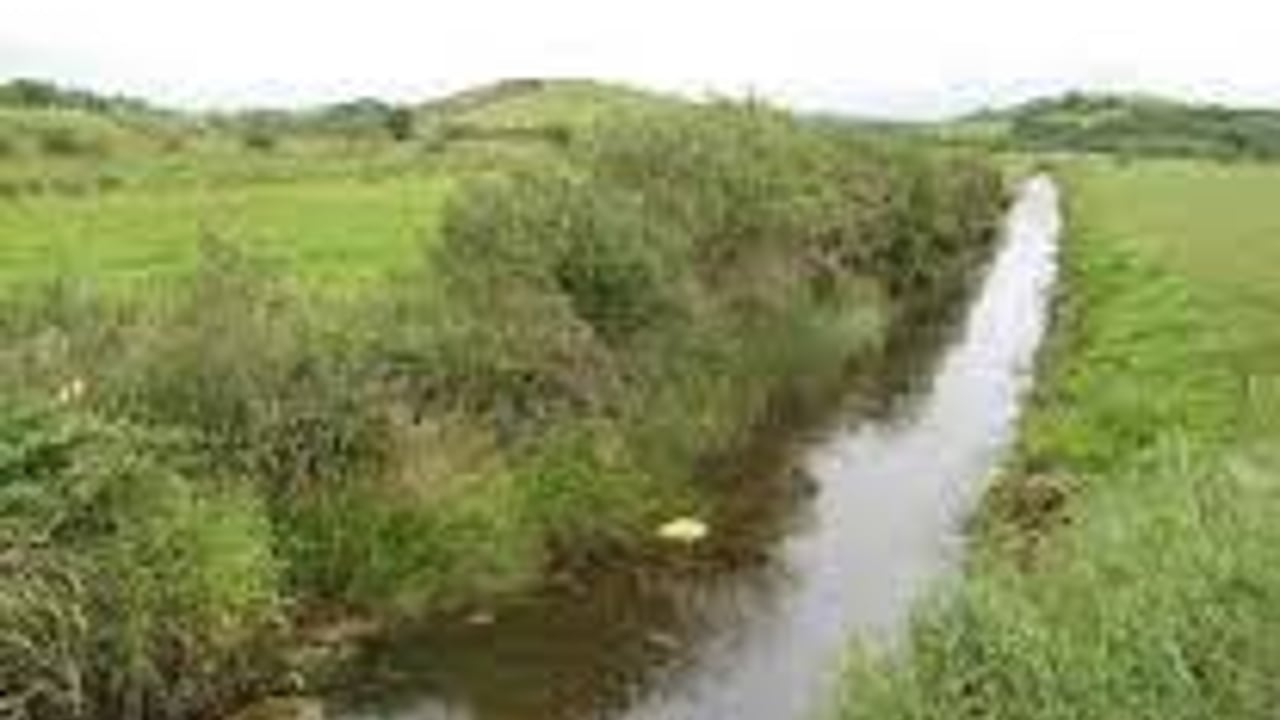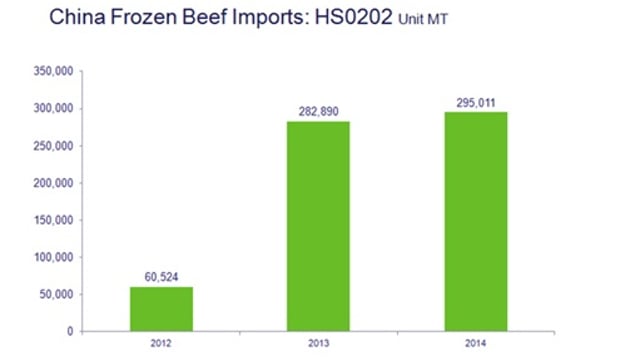All you need to know about watercourses in GLAS
The Department of Agriculture has produced a frequently asked questions about GLAS and we’ve pulled together all the information available on watercourses.
Q. If a farmer enters GLAS in Tier 1 or Tier 2 and has the required watercourses, it states in the specifications he must then choose the ‘protection of watercourses from bovines’ as a compulsory action. However, the specifications for ‘protection of watercourses from bovines’ require that the farmer must have had bovines in 2013, and retain bovines on farm for duration of contract.
What happens if this farmer did not have bovines in 2013?
A. Not eligible if no bovines in 2013 and no grass parcels contiguous to a HSWS. If a farmer is eligible for this action, the information will be provided in the online application system.
Q. Are watercourses on land which is leased for the duration of GLAS contract eligible for submission under ‘protection of watercourses from bovines’?
A. Yes.
Q. If a farmer who wishes to try and enter GLAS as a Tier 1 resulting from greater than 140 kg N ha/year in 2013. Will it be an issue if in 2013 this farmer was over the limit, at 172kg N/ha/yr?
A. This will not be an issue.
Q. Under the action ‘protection of watercourses from bovines’, can you please define a watercourse?
A. High- and vulnerable status water courses will be identified in the application system. Where the protection of watercourse action is selected as a general action, the watercourses are those taken from the EPA Rivers layer.
Q. Also under the ‘protection of watercourses from bovines’, if there is already a stock proof fence in place (2 strands of wire), will a farmer be allowed to put this already fenced watercourse into his GLAS application and seek payment on it?
A. Yes, the payment is to maintain the fence for the duration of the contract; however all watercourses on the holding must be fenced and the fence must be 1.5m out from the top of the bank.
Q. If the watercourse runs in and outside the LPIS boundary can you only measure the watercourses that are present within and on the LPIS parcel in question?
A. Once the farmer takes this action, he must map – record length of all watercourses on his holding, fence them irrespective of which parcel they are in i.e. it is not parcel specific.
Q. I have a farmer and on the maps there are blue lines indicating a river. In order to enter the scheme, must he fence off this river or is it optional?
A. If the applicant falls into the high-status or vulnerable water areas and wishes to enter GLAS, then they must fence all watercourses. If they are not in these categories, but are choosing the protection of watercourse from bovines as a general action, then they must fence all watercourses.
Q. I have a client who has a LPIS with high quality river on a parcel which is compulsory to fence off. Is this LPIS out for forestry even though full parcel will not be planted?
A. See 4th paragraph of page 59 of spec, must remain in grass for duration of contract.
Q. Can the difference between ‘High Status Water Areas’ and ‘Vulnerable Water Area’ be clarified? Also are these ‘Vulnerable Water Areas’ available on EPA maps, or where can they be found?
A. A guide to river status information on the EPA website is available on DAFM’s website at http://www.agriculture.gov.ie/farmerschemespayments/glas/, follow the link to open the River Status Information on EPA website document. Vulnerable water site information will be available on the online application system.




